Ag in the Classroom Helps Students Reap What They Sow
Not so long ago, teachers in North Carolina didn’t have to struggle to promote the study of agriculture – for many students, it was a way of life. Future Farmers of America was a popular school organization, gardens were commonplace, and if you didn’t live on a farm, you probably knew at least one person who did.
Fast-forward to the 21st century, and many students know more about apps like FarmVille than they do actual agriculture. But thanks to a Farm Bureau grant program known as Ag in the Classroom … Going Local, students across North Carolina are learning the importance of agriculture.
“Hungry and naked – that’s where we’d be without agriculture,” says Rachel Roberts, a teacher at Hayesville High School and a recent Mountain Region Going Local grant recipient. “Understanding where our food, fiber and fuel come from is essential to being an active and engaged citizen of our changing planet. Students really get that when they study how agriculture impacts their lives. It’s a great lens for understanding more about our local community and our global community.”
Growing Awareness
Michele Reedy is director of North Carolina Farm Bureau’s Ag in the Classroom program, known as AITC. She explains that AITC is a national organization active in each state but supported by different agencies; in North Carolina, the Farm Bureau supports the program. The mission of AITC is to promote the importance of agriculture to all pre-K through 12th-grade public and private school teachers and students.
Currently, several $500 Going Local grants are awarded twice a year, and teachers put those funds to good use to develop lesson plans that make agriculture tangible and fun for students.
“North Carolina Farm Bureau saw the need,” Reedy says, “because agriculture is the No. 1 industry in the state; therefore, the need to fulfill jobs within the industry is important. They also noticed that two to three generations were removed from the farming industry.”
She adds, “People are less aware of where their food comes from, other than a grocery store or Wal-Mart. NCFB wanted to help create a population that was more aware of food and fiber sustainability, and how producers go about their jobs to make this a viable resource.”
The Going Local grant program is essential. Teachers are often restricted in what they can teach due to the emphasis placed on year-end assessment tests. Reedy has found that many people assume young students will get the agricultural lessons they need in middle and high school. However, children begin forming opinions about careers early in life, and the components of farming, farm life and agriculture need to be introduced as soon as possible.
“Children in grades K-5 are like sponges and learn the most during these years,” Reedy says. “It is paramount that agriculture be taught simply to develop a valid and logical appreciation from seed to plate. And the bonus is it’s fun – children are able to reap what they sow in projects such as school gardens.”
Dr. Lisa Buchanan, an assistant professor in the Watson College of Education at University of North Carolina at Wilmington, teaches undergraduate and graduate courses in elementary social studies and literacy education. As the Coastal Region winner of the Going Local grant, she works directly with local classrooms through a partnership between schools and universities.
Many of Buchanan’s happiest childhood memories sprang from her experiences with farm life, and she relishes the chance to teach others about agriculture.
“I grew up surrounded by agriculture,” Buchanan says. “We had a small family farm and an extensive summer garden each year. We had chicks and chickens at an early age, and my brother and daddy started cattle farming when I was 11. I have vivid memories of our daddy sharing the bounty from our garden – especially German Johnson tomatoes and squash – with neighbors in our community. My mama canned or froze just about every vegetable we ate growing up. We used to cover the entire kitchen table, countertops, sink and stove when the corn came in. My least favorite chore was shelling butterbeans.” She adds, “I wouldn’t take anything in the world for those memories!”
Hayesville High’s Roberts can attest that learning about agriculture is rewarding for students. Hayesville High partnered with three elementary school teachers to extend agricultural education beyond the area’s middle and high school, and as a result, many students are enjoying hands-on, farm-based learning experiences that have united the community.
“Middle and high school students in my classes developed mentor relationships with elementary school students in which they worked on literacy skills, developed and taught agricultural lessons, and planted a large student demonstration garden,” Roberts says.
Students created an agricultural literacy program by providing books and construction materials to create a book barn. There is also the Junior Master Gardeners’ program, which includes eighth-grade students teaching farm life to second graders.
Roberts says regardless of age, students respond enthusiastically to these lessons.
“Students love agriculture class because they get a lot of hands-on learning time,” she says. “From constructing planter boxes, to peer mentorship projects, to planting and eating fruits and vegetables, students love the inquiry and project-based approach that agricultural education offers.” Buchanan notes that the longer the Going Local program continues, the more it gains popularity. “My experience with the Going Local grant has had a true ripple effect,” she says. “I feel it is a win-win for the N.C. Farm Bureau, our North Carolina teachers and most importantly, our children.”
How to Apply
Director of AITC Michele Reedy says applications for the Going Local grant come from teachers of all fields, from kindergarten to high school. Teachers interested in submitting an application can create concepts based on a new idea or an existing project, but all projects must be related to agriculture.
In 2015, the application deadline is Nov. 15.
Grant projects must show the integration of the common core state and essential standards mandated by the North Carolina Department of Public Instruction. The assessment committee uses a rubric that focuses on common core/essential standards; impact of learning; sharing project information with the school, community and local Farm Bureau; number of students affected; and a realistic budget.
Visit ncagintheclassroom.com/grants to begin the application process or for more information.
– Karsen Price


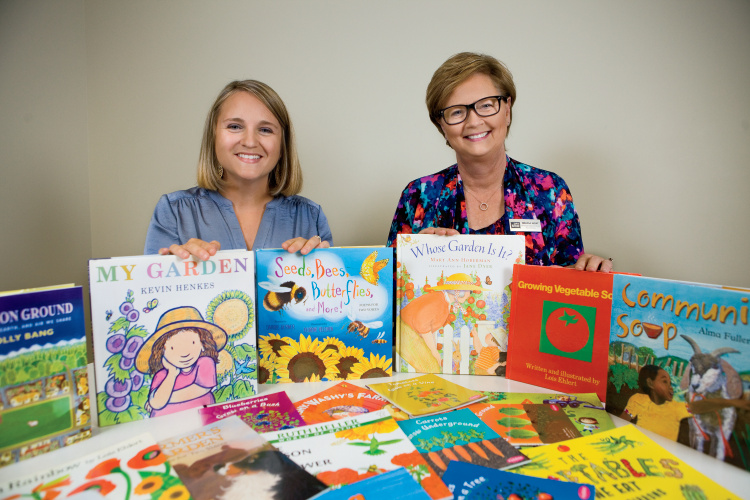

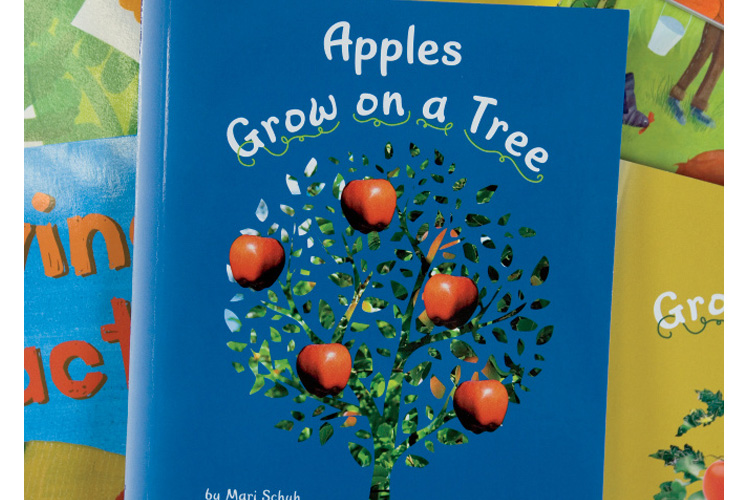
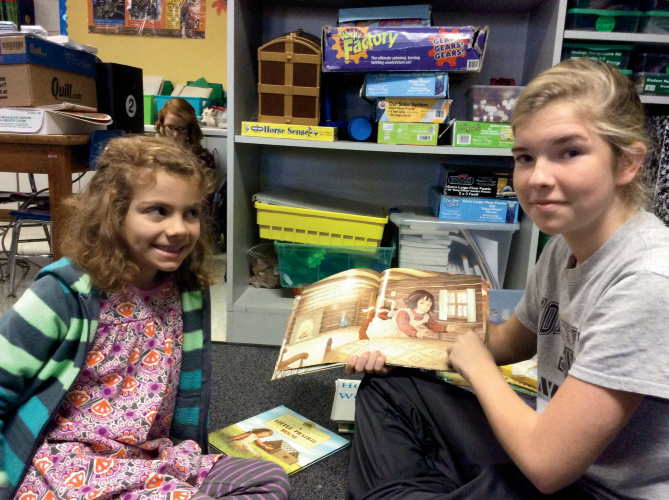
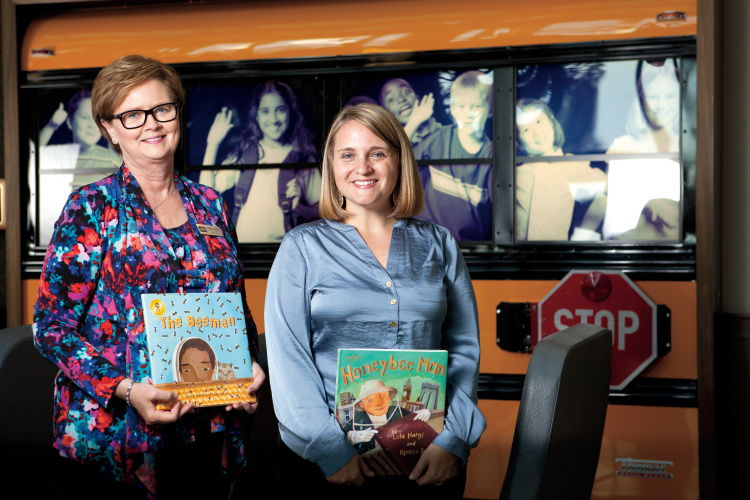
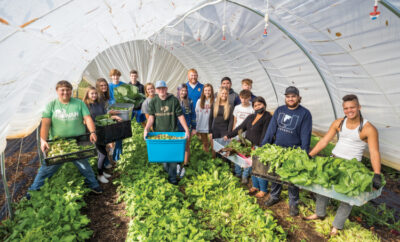
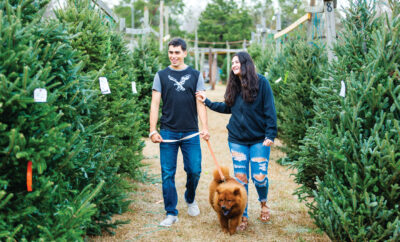
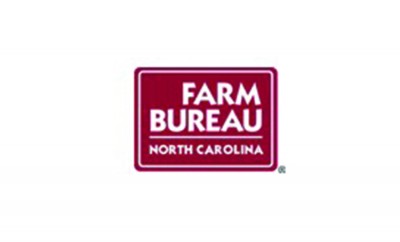
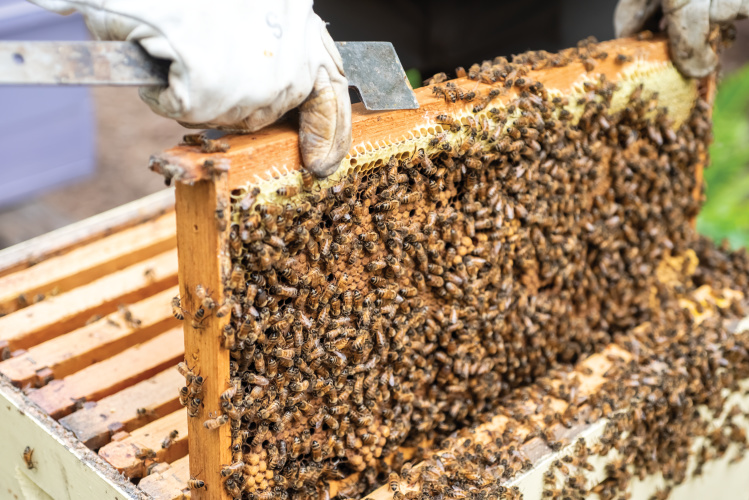
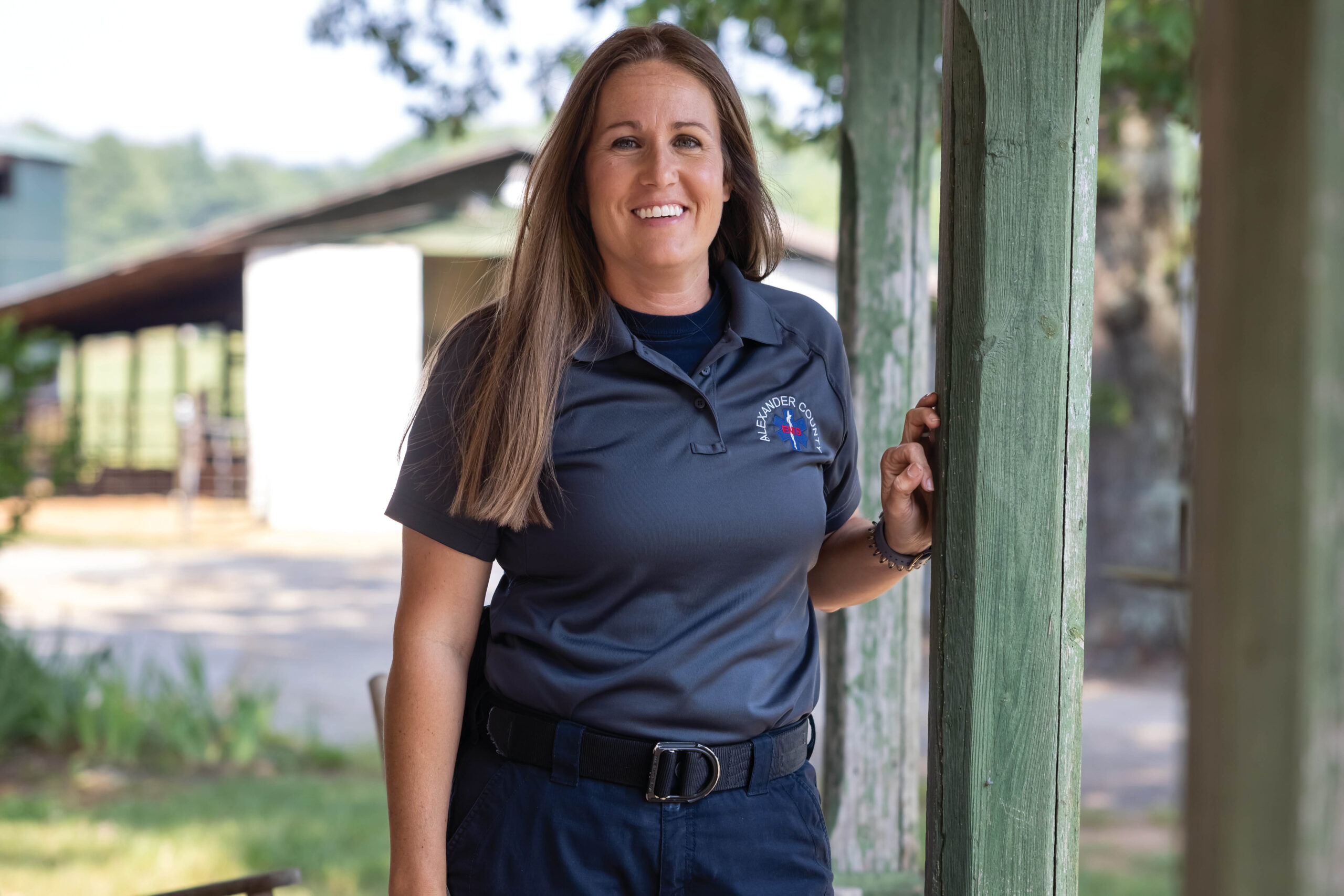
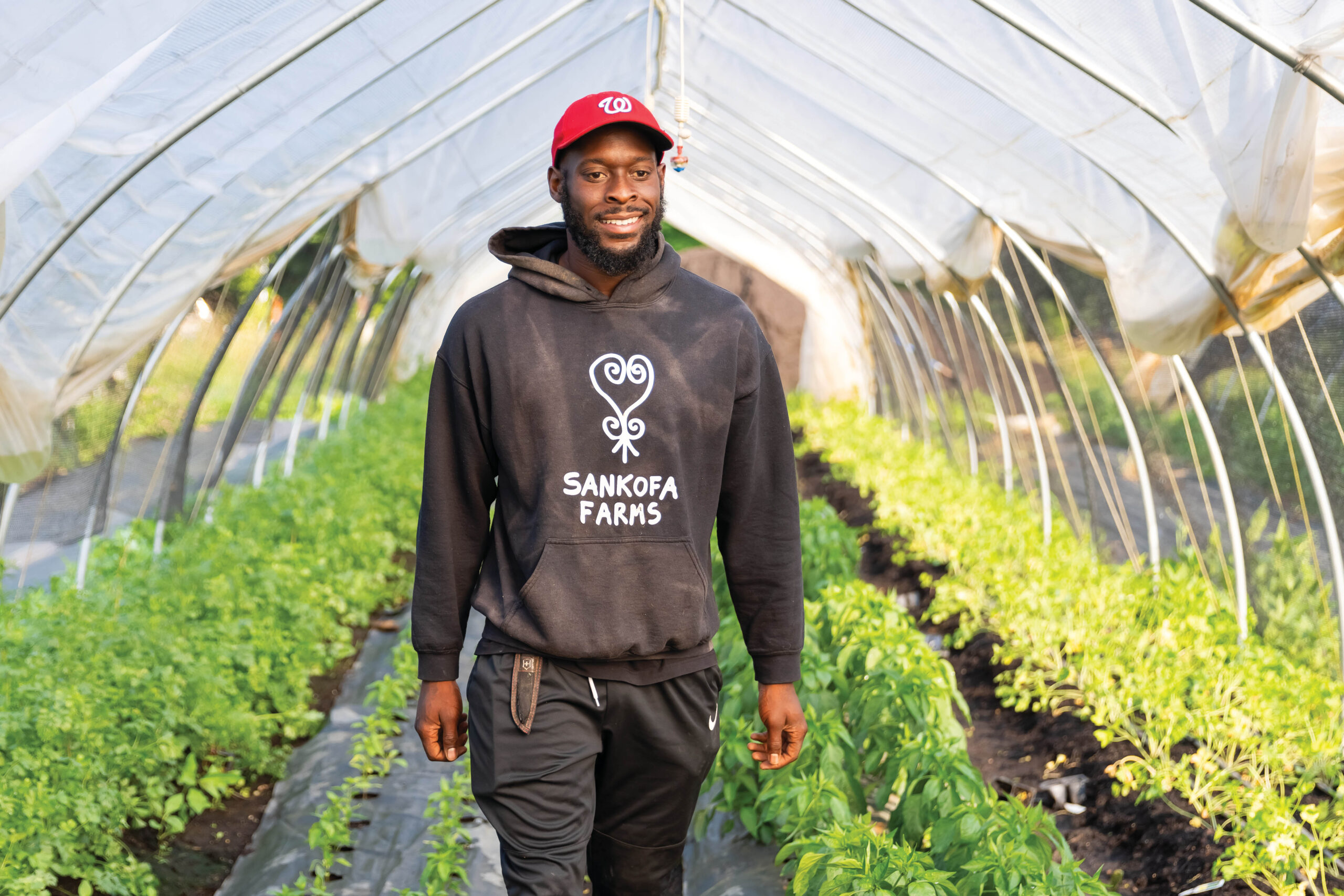
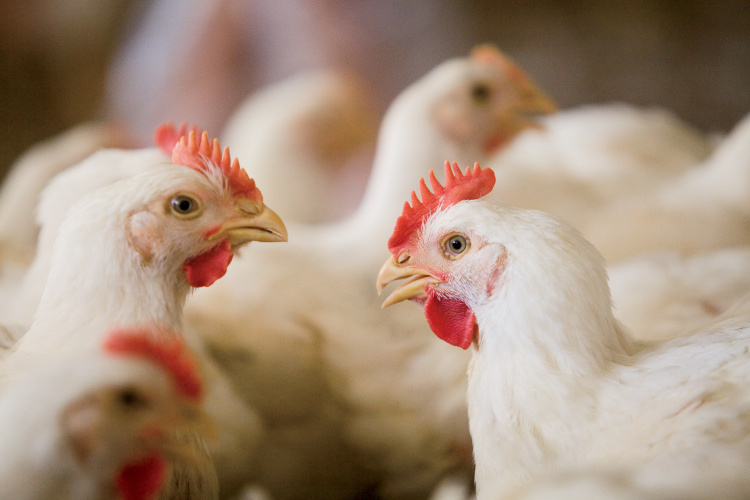


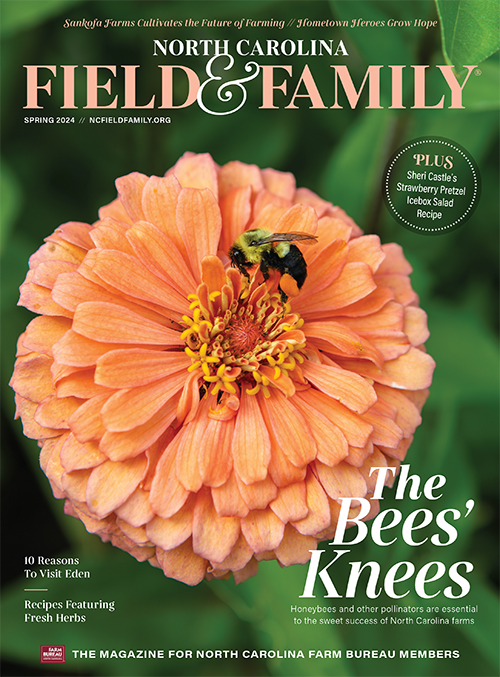 North Carolina Field and Family magazine highlights farms and foods, events and attractions, and interesting people and places throughout the state.
North Carolina Field and Family magazine highlights farms and foods, events and attractions, and interesting people and places throughout the state.
Leave a Comment